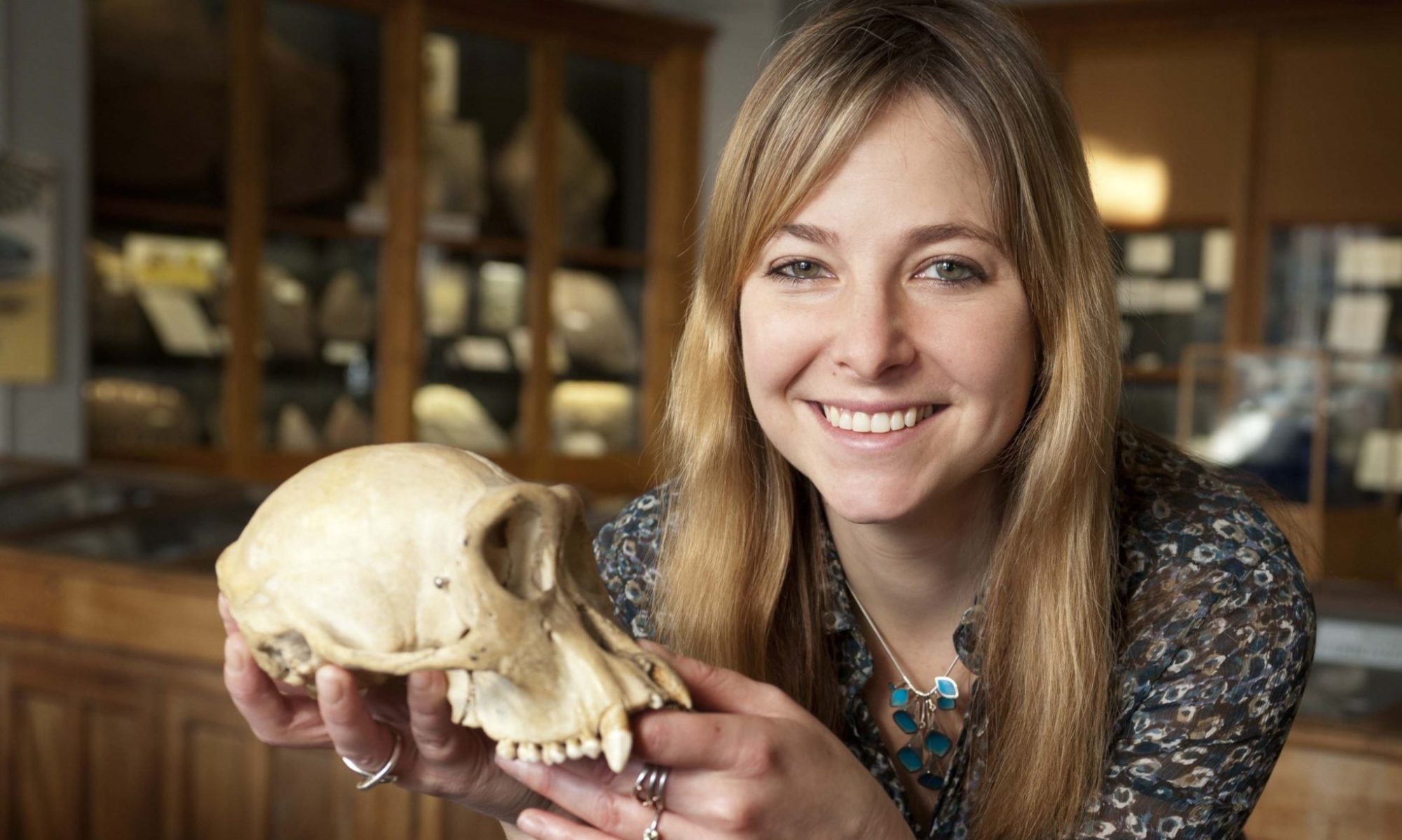Roberts presents us with a very strong work detailing the current understanding of human evolution. This book has great strengths as a method of communicating the complexities of science to the public. She makes very complicated theories easily accessible by breaking down large concepts into common language and helps lead readers along a logical progression so that when she describes the scientific consensus, readers have come to the same conclusion on their own. Roberts draws on a variety of sources to support her claims and often presents contrasting opinions to her own, detailing carefully why she supports which theory she does. Roberts created a factually solid overview of the evolution of humans.
To those who are already well versed in Anthropology and Embryological development, this book may not be as interesting as it is to novices. This book provides an excellent overview but it does have weaknesses in specificity. Experts will probably enjoy another book more. Roberts argues throughout the book that human evolution is unpredictable and ongoing. There are a lot of merits to her view and she argues her point in a very cohesive way. To those who are familiar with human biology in any way, a lot of the things she discusses are either continuations of what they may have learned or read in popular science publications.
Roberts does an exceptional job of discussing the Obstetric Dilemma and the EGG (energetics, growth, gestation) hypotheses of child birth weight. She leans towards the metabolic explanation of human birth size and provides compelling evidence for this theory. While I lean towards the Obstetric Dilemma explanation myself, I found her argument to be a great tool to describe the two hypotheses and helped me to understand the EGG hypothesis better, even though I was already decently well informed.
Roberts also introduced the flexibility of human phenotypes depending on development as a genetic trait. Perhaps, she suggests, humans have genes that increase phenotypic flexibility which are beneficial for individuals which may be born in vastly different environments depending on generation. This was one of her most interesting suggestions to me and I appreciated the open mindedness she brought to the discussion of lifetime development.
Roberts’ work has a playful and exploratory mood and this helps readers to stay engaged and interested. At least once a chapter, I found myself excited by the facts I was learning. Some humans have ankles that are as flexible as those of tree climbing apes because of their activity as youth. Human thumbs are quite unique and strong compared to other apes. Human knees and femurs are curved to allow for ease balancing while walking bipedally. Though I have some education in the area of human physiology and anthropology, I found this book to be engaging and informative about thing that I had wondered about before and things I had not even considered yet. I think this is the greatest strength of this book. It engages readers and leaves them wondering what other epic journeys underlie the physiology we take for granted.
People with some basic education in biology will probably find this book easily accessible and interesting. I expect an interest in biology and the human body is necessary to find this book interesting and worthwhile for readers. Those who have no experience in biology may find themselves lost or bored by the names of old scientists who argued over the existence of evolution, but these facts are all important for our shared history and understanding of evolution. I would absolutely recommend this book to my friends and family.
As with any book that has strong support from Richard Dawkins, Roberts’ review does have some controversial points which may become barriers to communication with the general public. Her overview of human anatomy does have a strong atheistic view and several times she points to the unlikelihood of human evolution as indicative of a lack of direction or God to evolution. She states that evolution could have taken any direction, but we exist as we are. While this is a very valid point and does help to foster a sense of wonder about the human body, it may alienate the public which is generally uneducated in matters of biology, especially those who have strong Christian conceptions. Though these audiences are already less likely to be reached by an evolution centered book like this, these overtones are not helpful for communicating with those who hold strong religious views.
I was decently satisfied with the scope of this book, though I wish it covered the evolution of social and cultural environments of humans more. This was a book deeply entrenched in the physiology of human existence, but I think that the cultural and social environment of humans is one of the things that makes us most unique as a species. Without these distinctions, it is easy to fall into Roberts’ conclusion that humans are not very unique at all. I would hesitate to give my full support to this statement and I think that the appreciation of human culture and social complexity would help to give a better, more full picture of humanity.
I am left with questions, but I think that this is part of the purpose of this book. I wonder about the future and I am curious about the past. I wonder more about why things are the way they are than before reading this work. Awakening this curiosity was a major strength of this book and I appreciate the ability of Roberts to make this book a personal journey as well as an academic exercise in curiosity.
